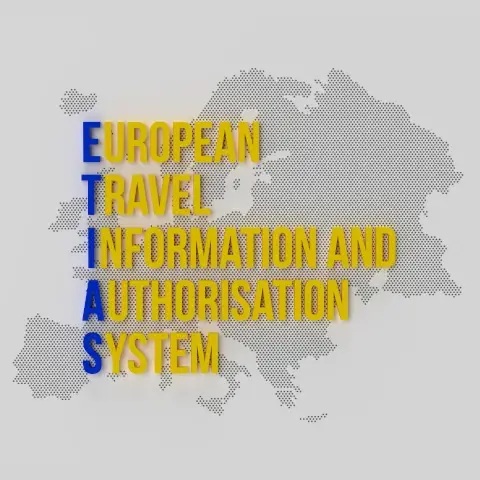From Wine to Glass: Exploring Italy’s Quintessential Wines
Embark on a journey through Italy’s remarkable wine heritage in this captivating blog. From the robust Barolo of Piedmont to the crisp, sparkling Prosecco of Veneto, explore the diverse flavors and traditions that make Italian wines world-renowned. Delve into the rich history behind these exceptional wines, uncover the artistry of their production, and marvel at the breathtaking landscapes of Italy’s iconic wine regions. Whether you’re a seasoned wine connoisseur or simply a traveler eager to experience the best of Italy, this blog offers an inspiring and comprehensive look at the country’s timeless vinicultural legacy. Raise a glass and discover the stories, passion, and beauty behind every bottle. Cheers to discovering the heart of Italian winemaking!
From Wine to Glass: Exploring Italy’s Quintessential Wines Read More »

